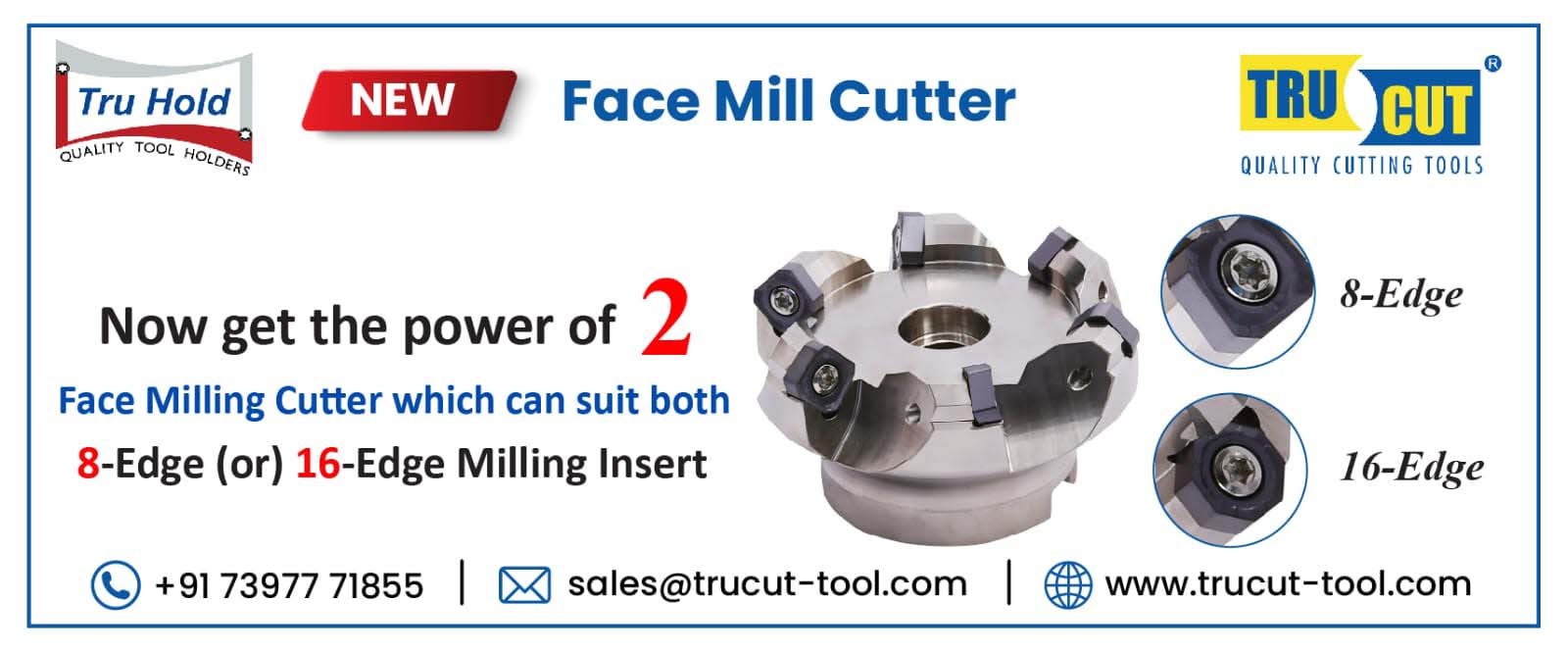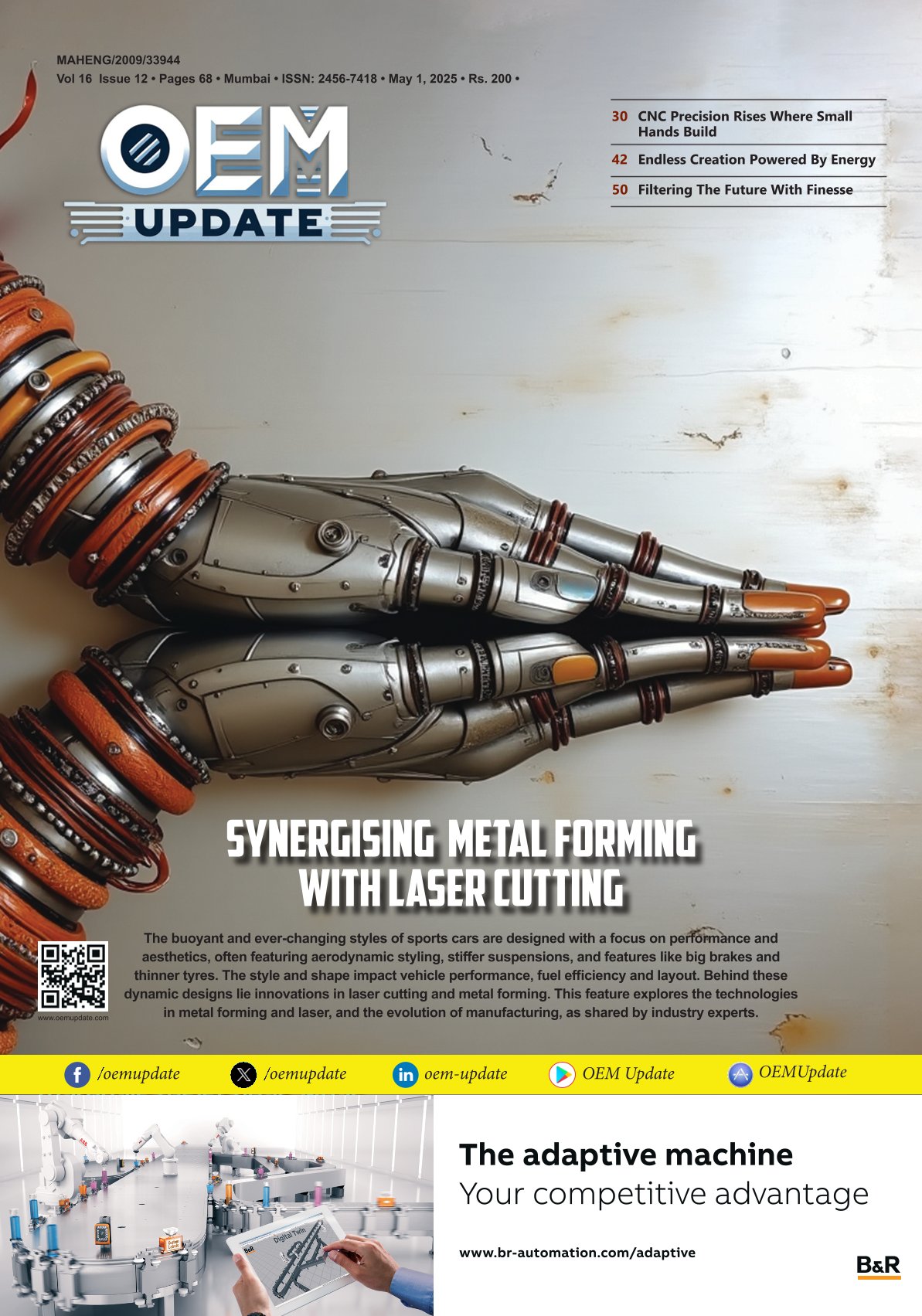“Raise attractiveness of labour vis-à-vis capital” [June 2012]
By admin June 19, 2012 10:59 am IST
Over 70 per cent of addition to employment by 2021-22 is expected to come from arresting the decline in employment intensity of production. This would need policy measures that focus on raising the attractiveness of labour vis-à-vis capital- Amit Kapur, Director, Everest Group
India’s factory output contracted by 3.5 per cent (-) in March, 2012, the worst in five months, as corporations squeezed by rising borrowing and input costs and sliding profits, hold back capacity expansions hurting jobs and investors alike. Shrinking demands have hit companies hard at a time when they are looking for options to keep revenues high, maintain reasonable profits with minimal employee layoffs – and since corporate profitability gets hit, investors too shy away.
During the high growth phase of the last decade, the Indian economy did not generate adequate jobs. The addition to jobs between 2004-05 and 2009-10, when India’s growth rate jumped, was around 27.2 million compared to 27.7 million during the previous five-year period, as per the National Sample Survey results. According to Amit Kapur, Director, Everest Group, “With India expected to add nearly 138 million to its working-age population by 2021-22, the Indian economy, especially manufacturing, needs to generate large-scale employment opportunities for relatively low-skill labour”.
Are we in right track? During the last four decades, the share of agriculture in the Indian economy fell while that of services rose significantly. In contrast, the share of manufacturing in GDP stagnated around 15 per cent since 1980s. India’s unconventional growth pattern, wherein it skipped the phase of manufacturing-led growth, has contributed to the lack of sufficient job creation. Against this backdrop, the National Manufacturing Policy was announced on November 4, 2011. The policy aims to raise manufacturing growth to 14 per cent per year until 2021-22 and, in the process, create 100 million additional jobs. This will ensure more inclusive growth in the country. However, will raising the share of manufacturing be sufficient to ensure large-scale job creation that is needed? Unfortunately not!Mr. Kapur observes, “In 2009-10, there were 54 million people employed in manufacturing. Creating additional 100 million jobs in the sector would be a function of manufacturing growth and changes in employment intensity (measured as the number of people required to produce manufacturing output of Rs. 1 lakh)”.
Manufacturing growth increased to 8.1 per cent between 2002-03 and 2011-12 compared to 5.8 per cent per year in the 1990s. At the same time, employment intensity of manufacturing fell sharply to 7.0 in 2009-10 from 11.5 a decade earlier. If fewer people are required for producing the same amount of output, then there is limited scope of additional job creation. The net outcome was additional job creation of only about 15 million in the manufacturing sector in the 2000s.
“Assume that both the trends – an increase in manufacturing growth rate and a decline in employment intensity – continue in this decade. Suppose manufacturing growth increases to about 10.5 per cent per year between 2012-13 and 2021-22 from 8.1 per cent in the previous decade, and employment intensity continues to decline at the decadal rate. While the NMP hopes to achieve manufacturing growth of 14 per cent per year, sustaining manufacturing growth of above 10 per cent per year would be an overwhelming challenge as the global environment will remain less favourable over the next few years. With these assumptions about manufacturing growth and employment intensity; manufacturing will create additional employment of only around 19 million vis-à-vis the target”, reveals Mr. Kapur.
Problems and ChallengesAccording to Mr. Kapur, “Modern industry faces many problems and challenges. Industry’s most important problems include labour productivity, energy supply, and government regulation. In addition, industrial societies face challenges such as environmental pollution and unemployment’.
Labour productivity: Businesses continually strive to produce more output with the same amount of labour. When productivity improves, firms can lower prices and still have enough money for the inputs used in production. They can also pay higher wages to workers and managers, and can give bigger dividends to their stockholders. Higher rates of productivity also give businesses an advantage in international markets. Firms in the same industry compete with one another throughout the world. For example, European automakers compete with Japanese car companies for customers in many countries. In most cases, customers will buy the products that offer the best quality at the lowest price, regardless of where they are produced. A high rate of labour productivity enables businesses to offer better and cheaper products.
Energy supply: Industry requires huge amounts of energy to run machines and to provide heat for manufacturing processes. The cost and availability of energy play major roles in the choice of industrial location and other business decisions. Industry also produces automobiles, heating systems, and other goods that require energy. Most energy today is generated from such natural resources as coal, natural gas, and petroleum. Mr. Kapur highlights that as these natural resources cannot be replaced, some people believe that government should control energy prices and limit individual and industrial use of fuel and electricity. But most economists call for less government intervention. They argue that past energy shortages resulted from government policies which kept the prices of petroleum and natural gas artificially low. They believe that if the government allowed the prices to rise, the higher prices would encourage energy producers to increase their output. Higher prices would also stimulate the development of substitute sources of energy.
Government regulation: The term regulated industry refers to industries in which government agencies control prices, standards of service, or some other aspect of the business. Government regulation protects consumers from environmental pollution, unsafe products, and dishonest advertising and trade practices. However, he opines, “Regulation may also harm consumers. For example, the lack of competition in a regulated industry could cause companies to become inefficient and to neglect product improvement. In such cases, members of society pay several times-not only in higher taxes and higher prices but also in poorer-quality products and services”.
Initiatives ExpectedIndia approved a national manufacturing policy that aims to create 100 million jobs in the next 10 years. The policy aims to create industrial enclaves that will offer lower taxes, faster permits and easier labour laws to boost the share of manufacturing in Asia’s fastest-growing major economy after China. India will help set up seven such zones initially, including two in the western state of Maharashtra. The idea is to raise the share of manufacturing to 25 per cent by 2022 and create jobs. The government also recognises that the manufacturing sector has a multiplier effect in creation of two to three additional jobs in allied sectors.
The policy is an attempt by Prime Minister Manmohan Singh’s government to create jobs for the 130 million people expected to join the workforce in the next decade and boost growth to 9 per cent. Manufactured products, including cars, televisions and clothing, contributed 16 per cent of India’s gross domestic product in 2009, compared with 42 per cent in China, data from the United Nations shows.
Cookie Consent
We use cookies to personalize your experience. By continuing to visit this website you agree to our Terms & Conditions, Privacy Policy and Cookie Policy.

















